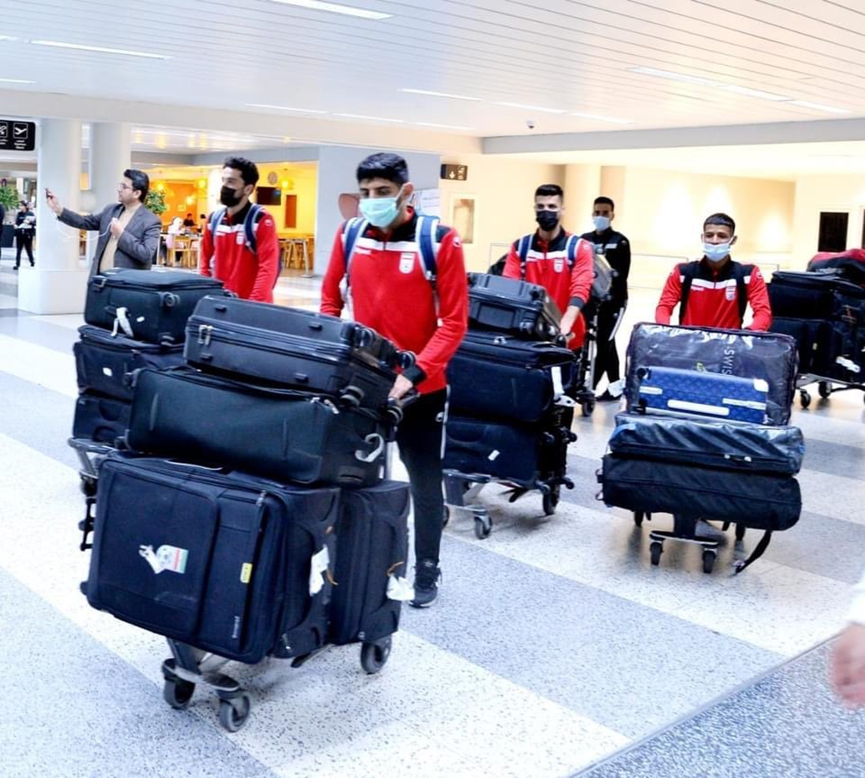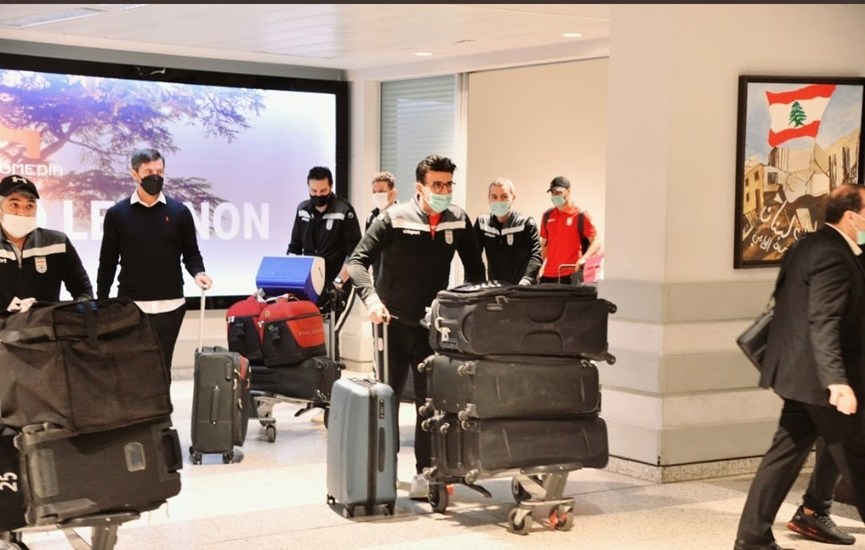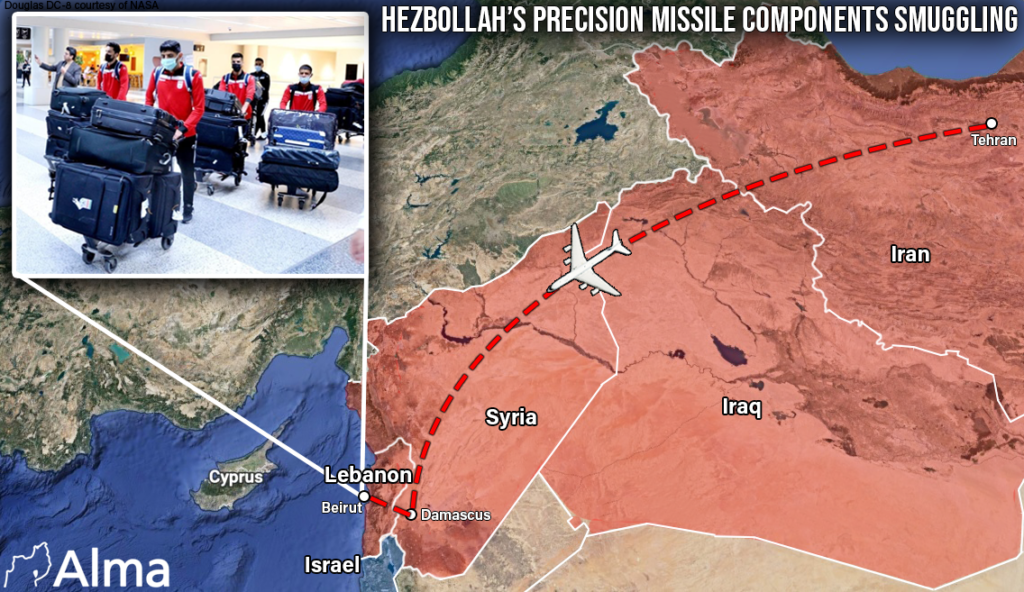On May 20, 2022, Israel revealed that Rida Safi al-Din, son of Hashem Safi al-Din, was behind the smuggling network of advanced weapon components from Iran to Lebanon on behalf of Hezbollah’s missile components precision project. Hashem Safi al-Din, Rida’s father, serves as the head of Hezbollah’s executive council. He is a cousin of Hassan Nasrallah’s mother and has been labeled as Nasrallah’s potential successor. Hashem’s brother, Abdullah Safi al-Din (Rida’s uncle), is Hezbollah’s representative in Iran, also serving as the director of Hezbollah’s drug smuggling and money laundering network.
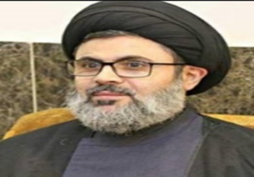
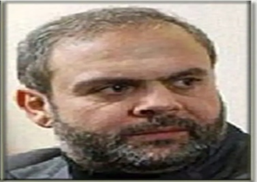
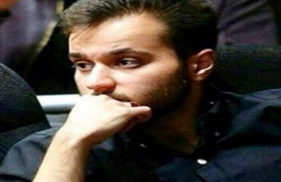
In June 2020, Rida married Zeinab Soleimani, daughter of Qassem Soleimani, commander of the al-Quds Force, who was assassinated by the U.S. in January 2020 on Iraqi soil.
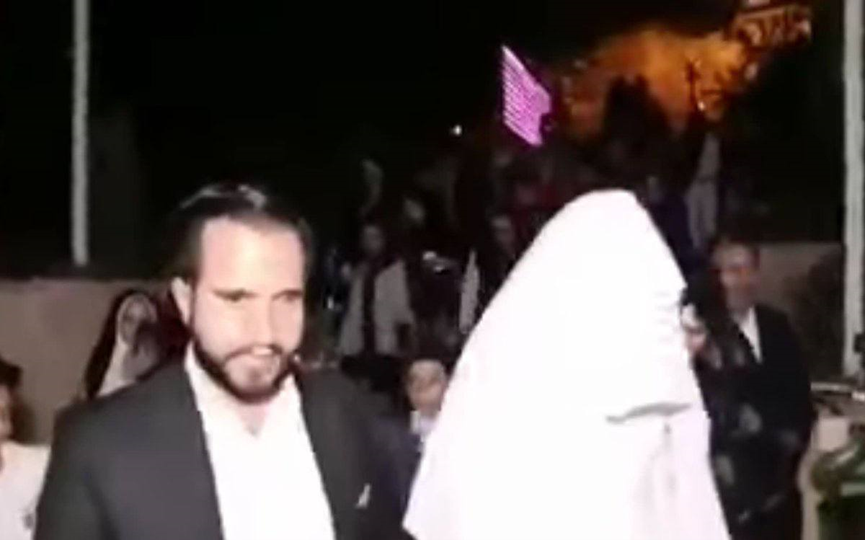


Zeinab remained to live in Iran. Rida’s periodic trips between Lebanon and Iran to visit his wife seem like natural and routine trips. However, these trips enabled Rida to command a high-quality smuggling route of small weapon components intended for Hezbollah’s missile precision project. This smuggling route used individual civilians on ordinary passenger flights for cover. This was done to reduce the surveillance capabilities of the various intelligence agencies, preventing their exposure and possible interference, based on the working assumption that the use of a civilian envelope would shield their actions against counterterrorism intervention.
During his visits to Iran, Rida held frequent meetings with senior al-Quds Force officials. The purpose of the meetings was to coordinate the smuggling route.
The smuggling of the weapon components was on direct civilian flights from Iran to the international airports of Damascus and Beirut. The weapon components were then transferred from Damascus on a land route to Lebanon.
The advanced weapon components were concealed in the passenger’s ordinary luggage on regular and innocent civilian flights. The luggage transfer through the various border crossings was simple due to Hezbollah’s explicit control of the security authorities stationed at the border crossings.
We refute reports of alleged smuggling routes of advanced weapon components via flights from Iran to Europe and from there to Lebanon. This hypothesis of smuggling components from Iran to Europe and from there to Lebanon is unlikely, for it puts the route and the smuggler at risk of unnecessary exposure.
The smuggling of components from Europe to Lebanon is reasonable only if there are critical components that can exclusively be manufactured and purchased outside of Iran. In such cases, the procurement will be carried out under cover through Iranian shell companies and Hezbollah operatives. Although, we cannot rule out the smuggling of unique components from Europe to Lebanon via Iranian or Lebanese diplomatic mail.
On November 09, 2021, the Iranian national football team arrived in Lebanon to play in the 2022 World Cup qualifying games. The team came for only three days. According to the photos published upon the landing of the Iranian team at the Rafik al-Hariri airport in Beirut, it seems that every member of the delegation (players and staff) carried an unusual amount of luggage…
With the publication of these photos, many questions were raised regarding the contents of the suitcases. What was inside the Iranian delegation member’s suitcases? Is it possible that under the cover of a sporting delegation, Hezbollah smuggled special weapon components in the contents of the Iranian team’s luggage?
